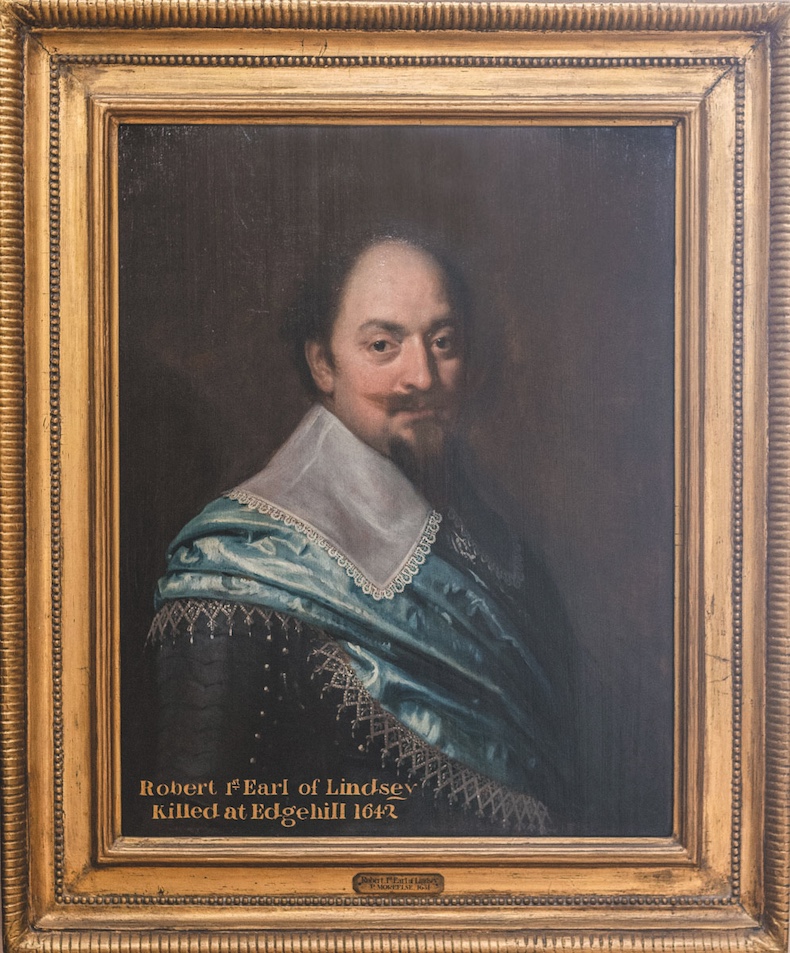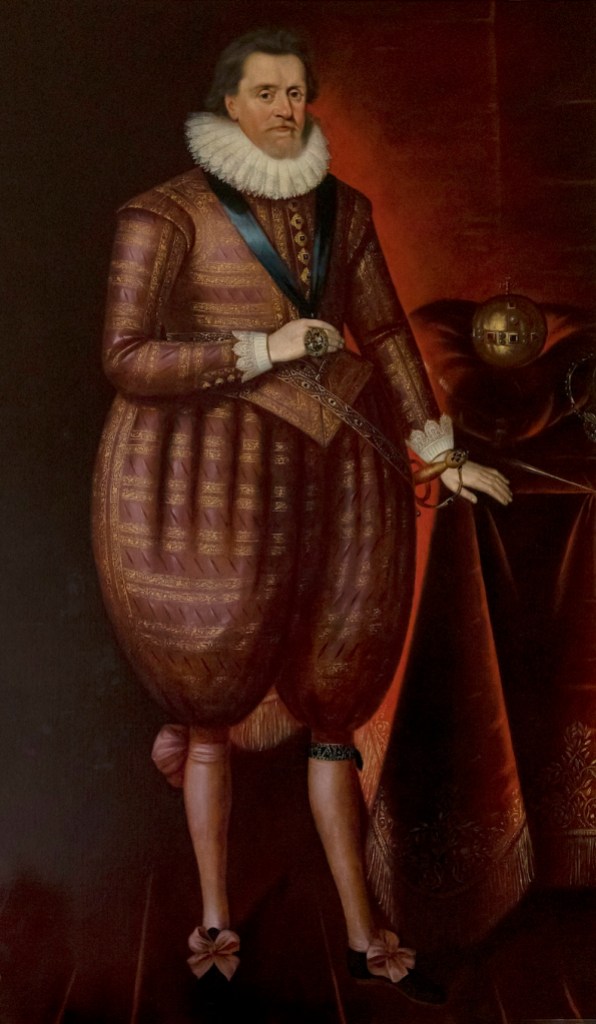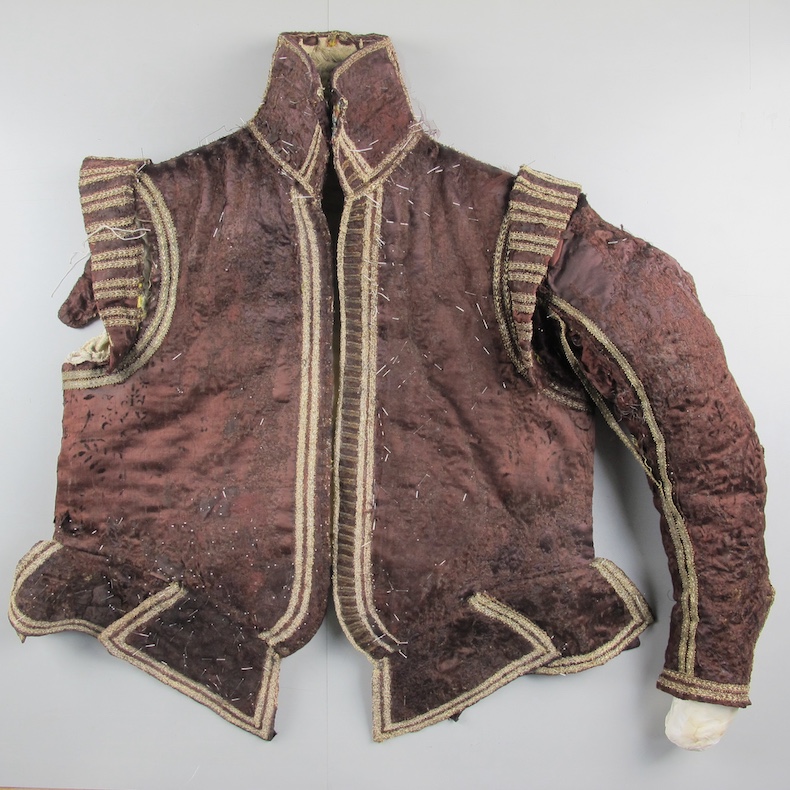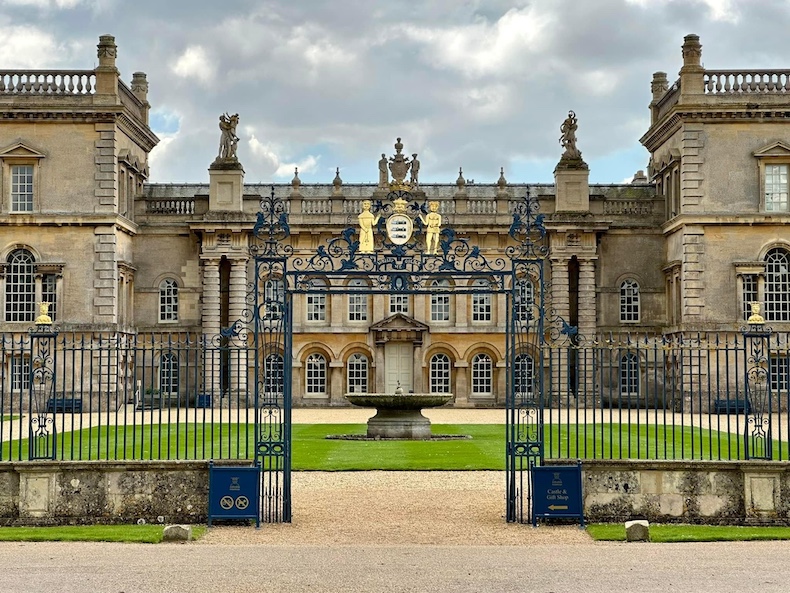Grimsthorpe Castle in rural Lincolnshire is perhaps best known for its splendid architecture, including sections built by Vanbrugh, and for its connections to the Astor family. A new exhibition at the stately home, however, shines a light on an object of great significance to the history of dress.
‘Military Lives’ (1 July–29 August) is divided into three strands, each of which traces a different way in which the castle has been associated with the armed forces. It is the first strand, ‘The Noble Soldier’, that includes one of the earliest, and potentially the best surviving example, of a specific kind of male dress. The soldier in question is Robert Bertie (1582–1642), 1st Earl of Lindsey and 14th Lord Willoughby de Eresby. Grimsthorpe has been the seat of the Willoughby de Eresby baronets since 1516. By the following century, the family had successfully ridden the waves of religious and political change. Bertie was a leading Royalist figure in the run up to the English Civil War; known for his military prowess, he was named general-in-chief for the Royalists at the Battle of Edgehill in 1642. For a time he was, says Emma Miller, curator at Grimsthorpe, Charles I’s ‘right-hand man’.
Robert Bertie, 1st Earl of Lindsey (1636), Paulus Moreelse. Courtesy Grimsthorpe Castle

Four decades earlier, however, Bertie had been indulging in courtiership of a very different kind. In 1603, Charles I’s father, James I (and VI), was coronated. Courtiers commissioned lavish dress to attend the occasion: there is a well-known painting of the Countess of Bedford, for example, wearing a sumptuous gown of red velvet and ermine, with gold embroidery climbing across the bodice. The men were just as well dressed. Based on its age and exceptional quality, the set of doublet and trunk hose (the short, padded hose, often slashed, that we see ballooning around the hindquarters of Tudor and Stuart gentlemen in portraits) on display in ‘Military Lives’ may have been that worn at James’s coronation by Robert Bertie. It is an exquisite example of a ‘peascod belly’ doublet – a doublet stuffed with bombast (cotton wadding) at the front to create an exaggerated padded stomach, which became fashionable throughout Europe in the late 16th century. Two doublets, known as the Isham doublets and found in the Victoria and Albert Museum and the former Museum of London, are conventionally dated to the early 17th century. Bertie’s is made from uncut velvet on voided satin ground with a pattern of delicate sprigs of leaves, all edged with silk and silver-gilt lace.
The Grimsthorpe doublet has long attracted the attention of scholars of dress history: it has been exhibited at the V&A several times and features in Patterns of Fashion, the 1970s series by the influential costume historian Janet Arnold. It also formed part of the 1937 Royal Treasures exhibition, held around Park Lane in aid of the Westminster Hospital rebuilding fund. Here the doublet and hose found themselves alongside items donated by members of the Royal Family, such as a military tunic once worn by Queen Victoria. Why? The Grimsthorpe set was originally thought to have been worn by James I at his coronation – a theory that has since been debunked, principally because of a striking difference in size between the king and the garment.
King James I of England and VI of Scotland (n.d.), studio of Paul van Somer. Courtesy Grimsthorpe Castle

Since 1937, the garment has had a somewhat patchy history. In the 1950s it was loaned to the Royal School of Needlework, and thereafter to the V&A. It returned to Grimsthorpe in 1995 and at some point in the early 2000s it was taken to a textile conservator in Edinburgh. In 2019 Miller rediscovered it in archival boxes at Drummond Castle near Crieff in Scotland, recently used as a location for the Outlander TV series and for Dior’s Cruise 2025 fashion show. Both Grimsthorpe and Drummond are owned by Jane Heathcote-Drummond-Willoughby, 28th Baroness Willoughby de Eresby, and administered by the Grimsthorpe and Drummond Castle Trust.
Upon its rediscovery, the doublet showed signs of deterioration, such as shattered silk, as well as a large number of pins attached all over the body. Once its historical importance became apparent, the trust agreed to institute new conservation treatment, which was carried out by Tuula Pardoe at the Scottish Conservation Studios. An initial assessment showed that the doublet was more fragile than the hose, so that became the focus of conservation efforts. The importance of the doublet to dress history was kept in mind during the process. ‘We decided that the proper right sleeve and sleeve wing of the doublet, which was completely detached during the previous treatment, should be re-attached bar the lining,’ Miller says. ‘This will allow researchers of historical costume to investigate the cut and construction of the sleeve more easily in the future.’
The conservation project now allows for the occasional public display of the garment in tightly controlled conditions, so ‘Military Lives’ offers a rare chance to see it in person. Concerns about its fragility – the doublet can never be mounted on a mannequin again, as this would put stress on the material – necessitated special conditions of display. The garment is now stored in a new display case that combats pests, humidity, temperature fluctuations and over-exposure to light, and, Miller tells me, ‘cunningly incorporates a sealed drawer for silica gel crystals and remote monitoring equipment’.
The doublet pre-restoration. Photo courtesy Tuula Pardoe

While the set now appears to be a murky colour, analysis on the dyes used suggest that it was originally burgundy. ‘I find it an interesting possibility that the specific hue of burgundy may have been an important aesthetic consideration for this costume. Red and gold were the livery colours of the House of Stuart, so I imagine it may have been important for Lord Willoughby to appear in the “correct” colour. We have a portrait of James I here after van Somer. He is wearing a very similar suit!’ Miller explains.
The rest of the ‘Noble Soldier’ exhibit contextualises Bertie and his life and times, with an emphasis on his military exploits in conversation with the ideals of the age. The other sections of the exhibition are ‘Arnhem 80: Lest We Forget’ and ‘The Household Cavalry Regiment’ – two topics with significance for Grimsthorpe. Within the wider splendour of the Castle, the display of the doublet is a timely reminder of Bertie’s prominent role as a soldier during a period of political tumult for the country. However, it also stands as a rare testament to the intricate craftsmanship of early 17th-century male dress. The rediscovery and meticulous conservation of this garment are now allowing new audiences to appreciate its historical and stylistic value.
The north facade of Grimsthorpe Castle, Lincolnshire. Photo courtesy Grimsthorpe Castle

‘Military Lives’ is at Grimsthorpe Castle, Lincolnshire, until 29 August.


